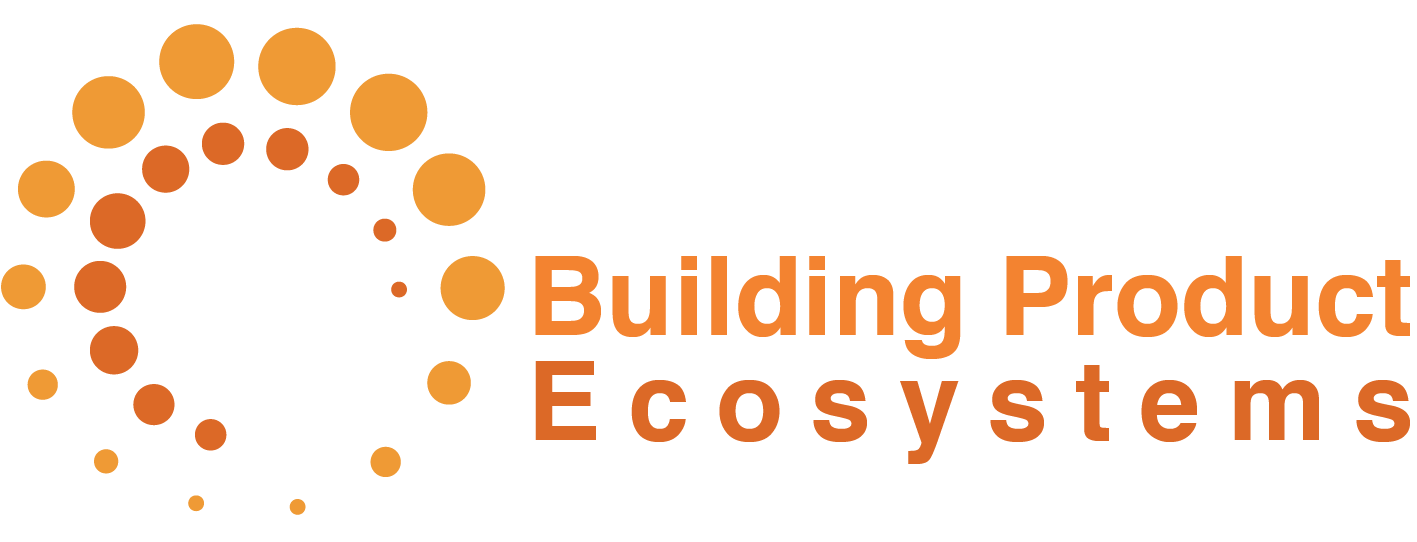Closed Loop WalLboard Collaborative
closing the loop for gypsum wallboard DEBRIS, GENERATED in building construction and renovation
13 million tons of gypsum wallboard debris are generated in the US every year, 85% of which is landfilled. In landfills, decomposing gypsum can produce dangerous gases such as hydrogen sulfide.
However, gypsum can be recycled indefinitely into new wallboard if properly handled and processed. Seeking to close the loop for gypsum wallboard, this collaborative focuses on:
Source separation of wallboard scraps in job sites
Wallboard scrap processing
Using processed scraps to manufacture new gypsum wallboard
Methods and benefits for wallboard source separation, explained by bpe collaborators
Current Standard Practice
A Closed Loop Alternative
Drivers for Change
Closing the loop for gypsum wallboard has multiple benefits, both from an environmental and an economical standpoint. These are some of the drivers that we've identified for changing the current practice:
Reduce landfilling and emissions
13 million tons of drywall debris are generated every year — 85% of it is landfilled.
Landfilled wallboard produces Hydrogen Sulfide (asthmagen) in humid, anaerobic conditions.
Maximize reuse
Source separating gypsum debris minimizes construction & demolition debris cross-contamination, and generation of non-recyclable fines.
Minimize impacts
From natural gypsum mining.
Lessen dependency
On flue gas desulfurization byproduct from declining coal-fired power production.
Minimize potential over time for elevated mercury content in wallboard, and in emissions and effluent from synthetic gypsum production.
Regionalize supply chains
Reducing transport emissions and cost, and supporting local economies.
Repeatedly cycle gypsum rock, a high-integrity material, in an efficient circular resource system.
The Ecosystem
We're currently mapping the Gypsum Wallboard Ecosystem, including projects, processors, haulers, manufacturers, and sources. Click on the points in the map below for more info.
















